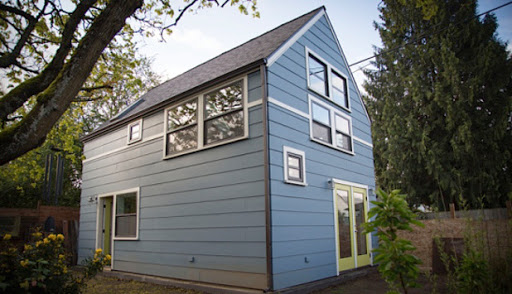What You Should Know About Accessory Dwelling Units

Last year, the California legislature enacted several new laws regulating how local jurisdictions handle Accessory Dwelling Units (ADUs). ADUs are additional living quarters on the same lot as a single-family home. In the past, some cities have passed ordinances that discourage ADU development or make their construction cost prohibitive. The thought behind these new ADU regulations is that by reducing barriers to ADU development, tens of thousands of new ADUs could be built over the next few years and in doing so, help to address, in part, the State’s housing shortage.
The first such new ADU law, Senate Bill 13 prohibits, until January 1, 2025, cities from conditioning approval of any ADU building permit applications on the applicant being the “owner-applicant” of either the primary dwelling or the ADU. Further, agencies cannot impose impact fees on ADUs under 750 square feet.
Assembly Bills 68 and 881 require local agencies to either approve or deny an ADU project within 60 days of receiving a complete building permit application and requires that these applications are CEQA-exempt. The new laws also prohibit local agencies from adopting ADU ordinances that:
- Impose minimum lot size requirements for ADUs;
- Set certain maximum ADU dimensions; and
- Require replacement off-street parking when a “garage, carport or covered parking structure” is demolished or converted to construct the ADU.
What is more interesting is that the new law allows for an ADU as well as a “junior” ADU where certain access, setback and other criteria are met. In other words, in some circumstance, a single-family home can be turned into a triplex.
Additionally, these laws allow opportunities for ADUs in multifamily buildings by utilizing spaces that are storage rooms, boiler rooms, etc., but of course, only when building code standards are met.
Assembly Bill 587 gives local agencies the ability to allow ADUs to be sold or conveyed separately from a primary residence if certain conditions are met. This is an effort to encourage shared ownership models, such as tenancies in common.
Assembly Bill 670 prohibits homeowners’ associations from barring ADUs. Many single-family neighborhoods in California were established as common-interest developments and are typically governed by a set of Covenants, Conditions and Restrictions (CC&Rs), which often restrict the types of construction that can occur within and adjacent to a member’s home. Assembly Bill 670 makes it unlawful for any homeowners’ association to enforce a condition that “prohibits or unreasonably restricts” the construction of ADUs on single-family residential lots.
Finally, Assembly Bill 671 requires local governments to include in their General Plan housing elements plans to encourage and promote the creation of affordable ADUs.
The primary impact of all these changes is that single-family exclusive zoning will be effectively abolished statewide. Most single-family lots will be able to fit a duplex, in the form of a single-family home and an 800 square foot ADU or larger. Many lots will also be able to accommodate three units in the form of a single-family home, ADU and junior ADU. This translates into new opportunities for rental housing providers.
Craig Mordoh is the General Counsel of the Apartment Association and a sole practitioner specializing in providing legal services to rental property owners. He can be reached at (310) 453-6774 or mordohlaw@gmail.com.
